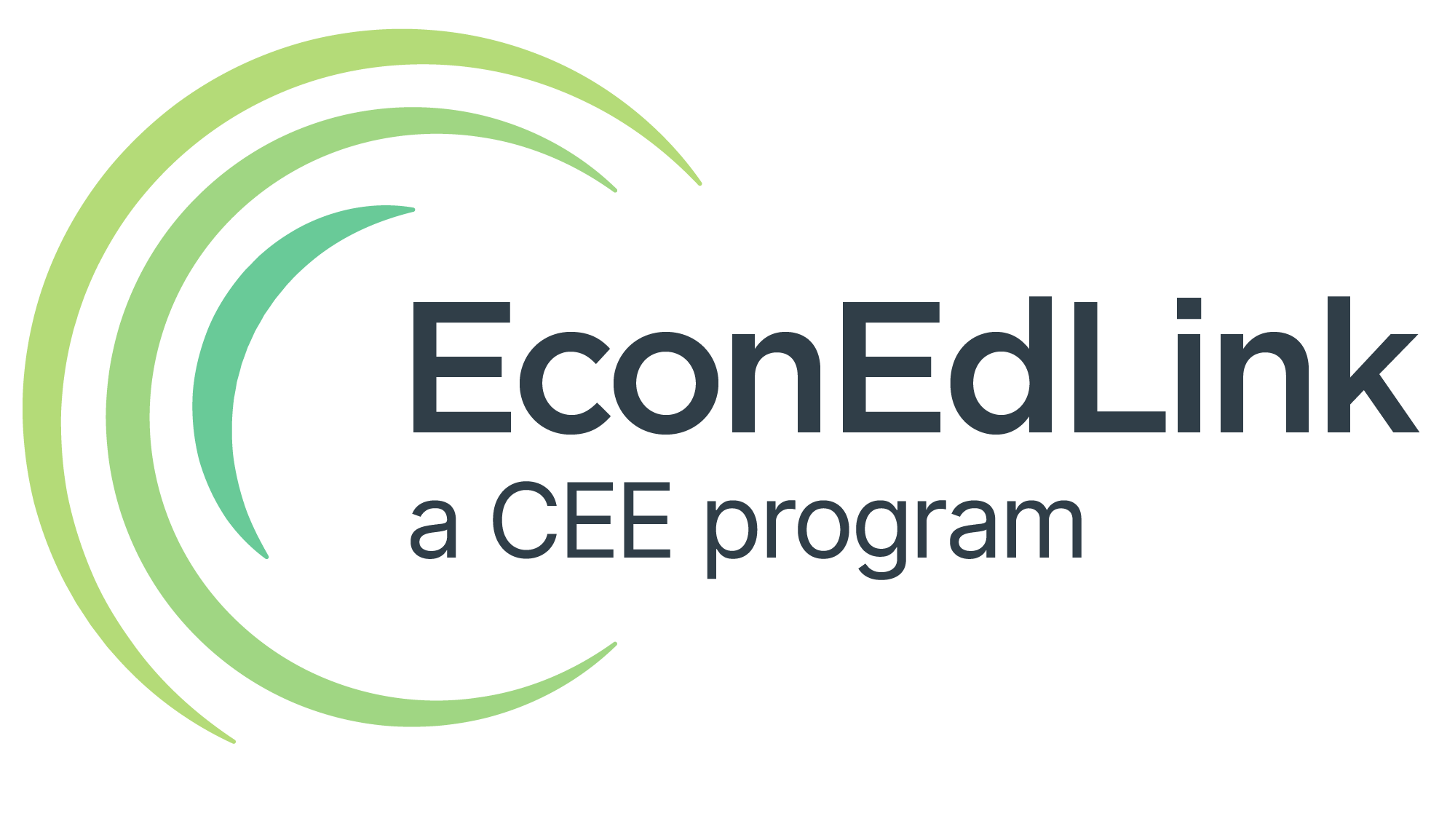
Grades 6-8, 9-12
Happy EconEdMonth! Celebrate economics all month long by visiting EconEdMonth.org

Don't have an account yet? Sign up for free
Don't have an account yet? Sign up for free
Students will be able to:

In this economics lesson, students will learn key economic concepts found in children’s literature.
Warm-up
Ask the students “Who has heard of Dr. Suess?” Explain to the students that today they will work in groups to learn that economic concepts are found all around them, including children’s literature written by Dr. Seuss.
Split the students into 4 groups:
Group 1: The Cat in the Hat and Green Eggs and Ham
Group 2: The Lorax
Group 3: Oh, the Places You’ll Go!
Group 4: Horton Hears a Who!
Have one student read each book aloud to the rest of their group.
Modeling
Ask the students “What economic concepts did you identify in your book(s)?” Have the students identify what economic concepts they find in the book and where (i.e. specific page numbers and cited text are preferred). Encourage each student to discuss their thoughts with their group and record the information in their notebooks. Emphasize finding a role for all group members to discourage free riders- such as each student identifying 1 or 2 concepts. Next, the teacher will review the Concept Overview and Concept Powerpoint to ensure students have an understanding of the concepts. The teacher will go through the powerpoint slides as the students follow along on their sheets and fill in the appropriate notes.
To check for understanding, a game of Kahoot! will be played to match the terms to the definitions.
Group Activity
Once they are in agreement of their economic terms, have them outline their findings on the poster board (or Powerpoint) to present to the class the next day. Encourage them to be creative, and include the following items:
Title of book,
Economic concept(s) found,
Short definition of economic concept,
In what context it applies to the passage and
Page number passage appears on.
Images and other visuals are encouraged. Each presentation should take 5-10 minutes.
Individual Activity
Use the Group Presentation Rubric to assess student presentations. During the presentations, each student should individually provide written feedback to the groups. They should include one strength, one weakness and one idea to enhance the presentation. The teacher will collect the feedback and pass it onto the groups at the conclusion of the presentations. Lastly, the students should also include a “self-reflection” of their own group and turn it into the teacher.
Ask the students choose one of the economic principles found in their assigned Seuss book and find a corresponding news article illustrating the same concept. Have them write a one-page essay summarizing the article, defining the economic concept in their own words, and explaining how the economic concept is illustrated in the article. Alternatively, instead of limiting to the medium to just an article you may allow the students to choose any contemporary medium such as an advertisement, song lyrics, poem, or movie.
Activity 1
If time permits (or for homework), have students view the movie “Freakonomics”. Freakonomics the movie is available for purchase on iTunes or through their official movie site. You could show this movie to illustrate how economics is all around us, even in places we would not expect. Alternatively, you can also have students read an excerpt of the book. Once complete, students should journal their reactions to the clip (or book chapter) and how it relates to their lives.
Miscellaneous Items

Grades 6-8, 9-12

Grades 9-12


Grades 9-12
